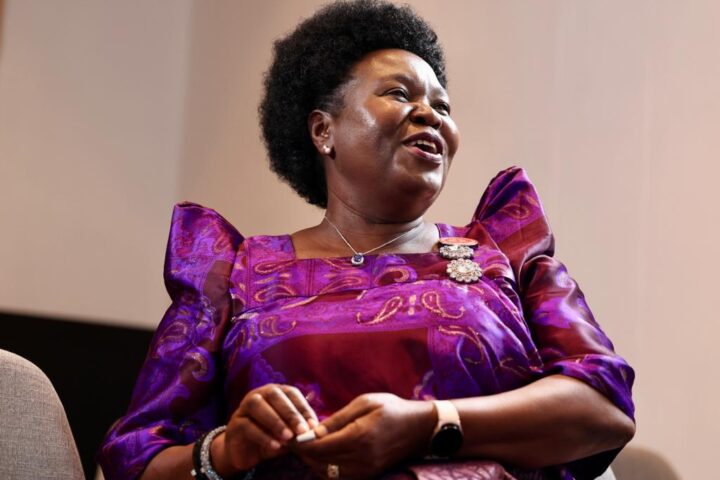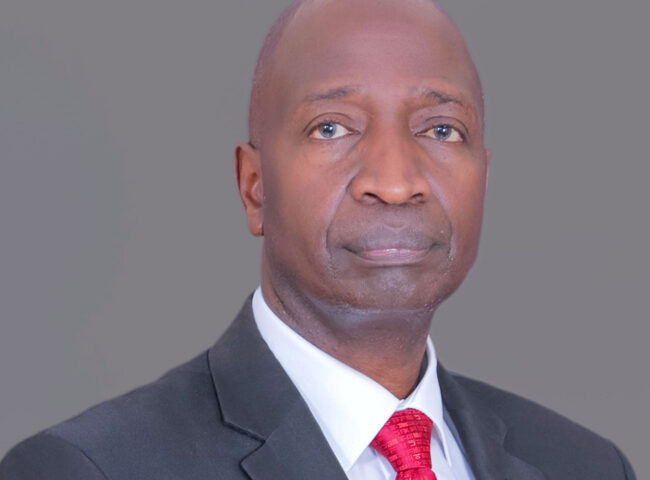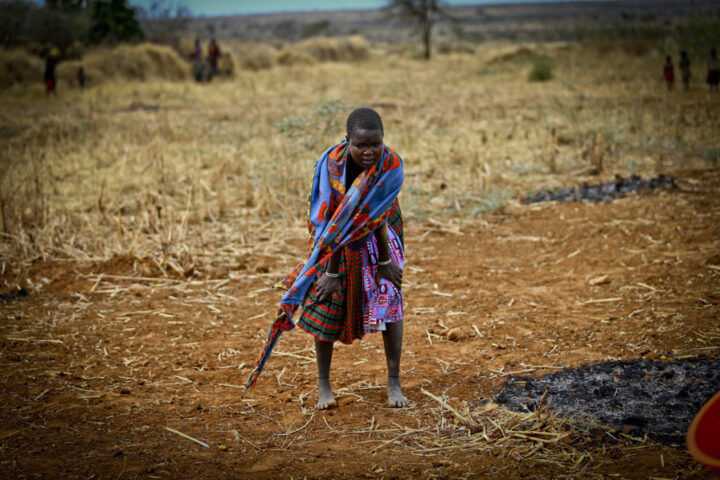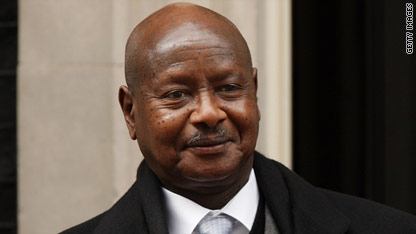A request by the World Heritage Committee for the cancellation of oil exploration permits within Democratic Republic of Congo’s Virunga National Park are a shot against the brow of Uganda’s own oil program, flagging the complexities of balancing environment and petroleum activities in one of the only places in the world where both exist in abundance, the western branch of the great East African rift valley. Oil companies operating within Uganda have long dreaded confronting the issue of conservation versus development. The companies, according to several internal memos and interviews fear reputational harm to their businesses if environmental harm occurs. They also are concerned about penalties arising from such damage as well as difficulties in raising public money to finance projects, which are bonded to international conventions such as the World Heritage Convention or the Ramsar convention on the protection of wetlands.  International finance has embraced the protection of such globally significant sites obligating companies such as France’s Total, which holds licenses in both the Virunga and in an area within Murchison National Park in Uganda, to protect the environment or risk losing financing.
International finance has embraced the protection of such globally significant sites obligating companies such as France’s Total, which holds licenses in both the Virunga and in an area within Murchison National Park in Uganda, to protect the environment or risk losing financing.
These obligations are contained in the social and environment standards agreed to by the International Finance Corporation, the investment arm of the World Bank as well as the Equator Principles, a voluntary code of responsible project financing to which most international banks have signed up to.
A May 2012 document developed by Tullow and shared with its partners Total and CNOOC titled “Lake Albert Development” specifically takes issue with Ramsar wetlands, national parks and reserves. The Irish company says it will be unable to finance development “off balance sheet” so “ in order to finance will need to adopt international best practice such as the Equator principles and the IFC standards”. Tullow which farmed down its assets to bring in Total and CNOOC also worried that the Uganda government would delay issuing permits over concerns on “bio-diversity” value and fretted that developments would “likely bring to the fore the NGO community and international pressure groups”. They were not wrong.
Until now and despite investing hundreds of millions of dollars in the Albertine Graben, oil companies such as Total and Tullow have avoided a robust debate public debate on the risks to the environment of exploiting oil in protected areas, preferring to focus their preparation on internal plans and engagement with a government’s equally pressured by the egg-shell policy surface. The Ugandan government in March concluded a voluminous 300-page Strategic Environment Assessment (SEA) on oil and gas activities in the Albertine to serve as a guiding document in confronting these challenges. In its recommendations the SEA states that oil and gas “activities in areas which are formally designated for eco-system protection and biodiversity conservation should be accordance with the official protection status of the area”.
 Environment professionals, like Paul Mafabi, a former member of the Ramsar standing committee and a commissioner with the Water and Environment Ministry have faulted the Ugandan government and the oil companies themselves for working backwards on the issue.
Environment professionals, like Paul Mafabi, a former member of the Ramsar standing committee and a commissioner with the Water and Environment Ministry have faulted the Ugandan government and the oil companies themselves for working backwards on the issue.
“Ideally the processes should have started before” said Mafabi referring to a Ramsar resolution that urges the use of the SEA and Environmental Impact Assessments as precautionary tools to determine ahead the potential damage to such ecological assets as the protected wetlands in Murchison Falls around which Total is drilling. Many independent professionals however say EIA’s so far issued for exploration work is of “low quality” below what may be permissible under more stringent IFC/Equator standards.
The Albertine Graben concentrates much (70%) of Uganda’s protected national parks, reserves and forests. Unlike the DRC, Uganda’s petroleum program is in advanced stages with an agreement on development expected shortly between the government and the joint venture partners, which besides Total and Tullow include China’s CNOOC. Total and Soco International PLC that hold license across the border ( Tullow lost hers in 2008) often operate from the Ugandan side of the border under an arrangement between the two governments. Despite the difference in the evolution of country oil programs the Albertine Graben has been addressed by Uganda and DRC as a single basin since a 1990 agreement signed between the late Mobutu Sseseko and President Yoweri Museveni. Officially known as the “Agreement of Co-operation for the Exploration and Exploitation of Common Fields” or the “unitization” agreement between the two countries- it was updated after border clashes over oil and fishing on Lake Albert in 2007 at a summit held that September in Ngurdoto in Tanzania.
Since then both the 1990 agreement, the Ngurdoto upgrade have been joined by a further addendum signed on the 25th of January 2009.
Together the bilateral arrangements create shared obligations including on the environment though security at the common border has long dominated the cooperation between the two countries. In addition Uganda’s current draft foreign policy review, which has a section on oil, states as a priority “extraction, exploration and exploitation of oil and gas do not lead to environmental degradation”.
Fears that the Albertine Graben could turn into the nightmare on Niger Delta of sorts are not far fetched given the security profile of the region. However till now most international campaigns including in the Virunga have dealt with the threat of rebel movements to the forest and its precious inhabitant, the rare mountain gorilla.
Oil companies, according to several sources, have however been concerned all along about the impact of campaigns by international environment lobbies.
For example Ugandan based licensees have steered clear of drilling offshore on Lake Albert shared by the two countries. The 2007 clashes, weak governance on the Congolese side as well as concerns what an oil spill could do on a transboundary lake whose borders are still un-demarcated lead the calculations of oil companies. Over 30 proposed oil wells around L.Albert particularly in the King Fisher discovery area, likely one of the first to the commercialized are onshore. Oil companies skittish about contaminatio have also invested in drilling technologies that leave the top surface and ecological systems untouched say sources at the Petroleum Exploration and Production Department. But even then problems remain that could prove troublesome in the future.
For example when China’s CNOOC wanted to drill onshore but reach under the lake bed, its request showed how unprepared the Ugandan authorities were to handle the technical complexity of such a risky operation. The company was requested to provide evidence that its “deviated well” would not endanger the lake or its aquatic life but its submissions, including the choice of using synthetic based muds (SBM), could not be independently verified by Ugandan government agencies. These agencies like the environment regulator; NEMA lacked the facilities of their own to do independent tests and the finance to independently outsource.
CNOOC for example had to conduct bio-chemical tests on the impact of chemicals used in the drilling in China, at the Guandong Laboratory Animals Monitoring Institute, because the Fisheries department or other national laboratories could not handle the job. Fisheries which initially opposed the tests on non-indigenous fish species later caved in and allowed CNOOC to submit tests done on Zebra fish used as a litmus for such evaluations.
On 13th March, the director of NEMA, Dr. Tom Okurut wrote to CNOOC to give conditional approval for the use of SBM for “extended reach drilling” admitting the capacity challenges of the government side. Amongst the conditions which all bound the company was a plea that CNOOC help boost the capacity of local regulatory agencies. In an interview about his decision Dr. Okurut said investments in NEMA’s own capacity were hobbled by lack of money. Just 3 billion out of its needs based budget of 10 billion was released. Both Mr.Okurut and Fisheries Minister Ruth Nakabirwa confirmed that the government was seeking to expand its own capacity. He however side international guidelines had satisfied NEMA, which did not want to drag an approval process and cause delays. Critics however say it was not correct for NEMA to rely on tests from a company that they were supposed to regulate, a decision that epitomized the risks of the unequal relationship between the government and oil companies.
Total whose exploration includes Ramsar sites has also undertaken a cautionary approach pioneering horizontal drilling, a technology which also allows for subsurface reach from beyond the wetlands boundaries leaving its eco-system intact. Total’s drilling partner Schlumberger offers the technology. The company is also using radio receivers for collecting seismic data instead of the traditional laying of cables which require clearing a 100-meter space in-between. Senior geologist at PEPD who oversees environment matters Dozith Abeinomugisha said currently there were “no activities” in the Ramsar sites. The call for a cessation of drilling in the Virunga park will up the ante on oil and environment issues whose obvious presence given the ecology of the Albertine area has been obscured by other issues such as security on the Congolese side and corruption on the Ugandan side.
as submitted to the East African. A version of this article is currently in print.
http://www.theeastafrican.co.ke/news/Uganda-oil-explorers-walk-a-tightrope-over-global–requirements/-/2558/1891212/-/3ng3osz/-/index.html










